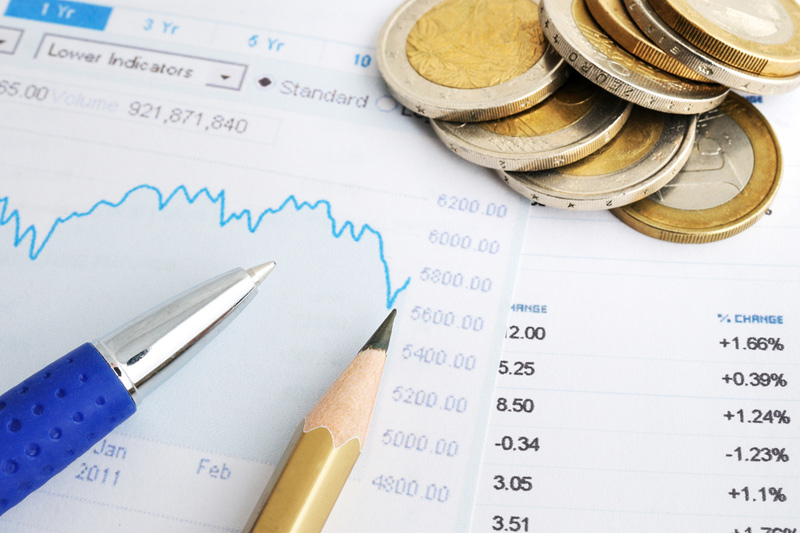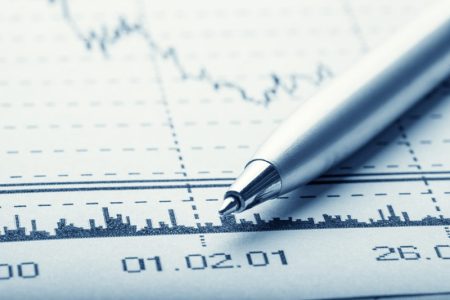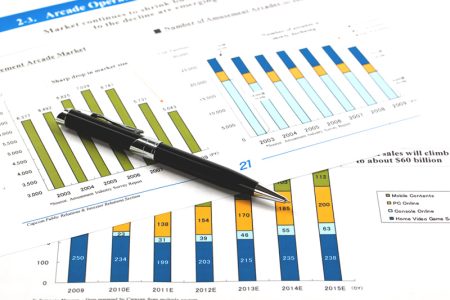By Leika Kihara
KUSHIRO, Japan (Reuters) -Japan’s inflation is “clearly in sight” of the central bank’s target, its board member Naoki Tamura said on Wednesday, signalling the chance of an end to negative interest rates early next year.
The remarks are the strongest signal to date by a Bank of Japan (BOJ) policymaker that rising inflation and wages could prod the bank to take bolder steps towards phasing out its radical stimulus.
“About a decade has passed since the BOJ began efforts to sustainably and stably achieve its 2% inflation target. I feel that achievement of this goal is now clearly in sight,” Tamura said in a speech to business leaders.
For now, the BOJ must sustain monetary easing to scrutinise wage and price developments, said the former commercial banker.
“But I’m hoping that around January through March next year, we will have further clarity” on whether Japan can sustainably meet the bank’s inflation target through wage and price data available by then, he said.
Although inflation already exceeds its 2% target, the BOJ has pledged to maintain ultra-low interest rates until there is more evidence that the level can be sustained.
“What’s important is to act in a timely fashion so we’re neither too late nor too early,” Tamura told a briefing later on Wednesday, adding the pace and order of an exit would depend on economic conditions falling into place for normalising policy, Tamura said.
“Abandoning negative rates will obviously be among options” if the BOJ were to normalise policy, he said. “Even if the BOJ were to end negative rates, it won’t be scaling back monetary easing as long as it can keep interest rates low.”
Japanese government bond (JGB) yields rose on Tamura’s remarks as investors saw them as less dovish than those by Governor Kazuo Ueda, who said last week that Japan’s underlying inflation was “still a bit below our target.”
While Tamura is considered by markets as a hawk within the BOJ’s nine-member board, his remarks suggest that discussions on the timing for dismantling the bank’s radical stimulus will intensify in coming months.
In a sign there is no consensus on how soon the BOJ should phase out stimulus, Deputy Governor Shinichi Uchida said earlier this month there was still a long way to go before the BOJ can abandon negative interest rates.
Under yield curve control (YCC), the BOJ guides short-term interest rates at -0.1% and the yield around 0% as part of efforts to sustainably achieve its 2% inflation target.
With its heavy-handed defence of the yield cap drawing criticism for distorting market pricing and fuelling unwelcome yen falls, the BOJ last month took steps to allow long-term rates to rise more reflecting higher inflation.
The central bank described last month’s action as aimed at making YCC more sustainable, though markets saw it as another step toward dialing back its massive stimulus programme.
There is no market consensus on how soon the BOJ could ditch or tweak YCC. Analysts polled by Reuters expect the BOJ to start scaling back stimulus only in a year’s time.
Japan’s core consumer inflation stayed above the central bank’s 2% target in July for the 16th straight month, as firms kept passing on higher import costs to households.
Governor Ueda has stressed the need to keep ultra-loose policy until inflation is driven more by robust domestic demand accompanied by sustained wage growth.
Read the full article here














